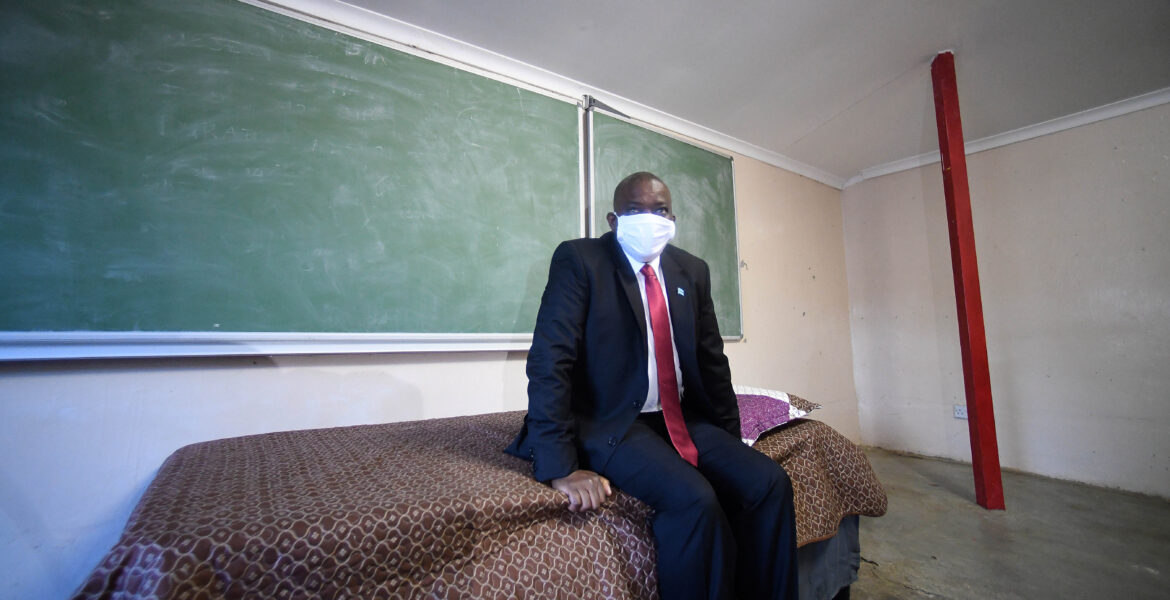- A portion of youth leave school without the necessary learning outcomes and skills for the labour market
- 20 000 children in Botswana are not in school
- Education of learners was disrupted by the April–May 2020 national lockdown
GOSEGO MOTSUMI
While one of Botswana’s vision goals calls for an informed and educated nation, the 2020 UN Botswana Common Country Analysis says the country’s public education is not always of sufficient quality and that this negatively impacts the outcomes for children and youth.
In 2019, only 37.5 percent of Junior Certificate (JC) candidates and 20.95 percent of Botswana General Certificate of Secondary Education (BGCSE) candidates in government schools obtained Grades C or better (credit grades). “With less than 70 percent of students transitioning from junior to senior secondary education and less than 80 percent securing high grades at BGCSE, the evidence suggests that a portion of youth are leaving school without achieving the necessary learning outcomes and skills for the labour market,” the report states.
Inequalities in education and learning may result from family income and education backgrounds, key structural and institutional factors within education and learning systems, nationality and the country’s social and cultural norms, it points out.
The report notes that the education of learners was disrupted by the April–May 2020 national lockdown during the COVID-19 pandemic: 595,707 learners were out of school due to school closures and learners lost 33 teaching days during the lockdown.
“Twenty thousand children in Botswana are not in school,” says the report.
“Children in marginalised communities have less access to education than their richer, urban peers: for example, while primary education is free and compulsory under the Children’s Act, primary education is not free for children of foreign nationality.”
Moreover, limited awareness of the importance of Early Childhood Education (ECE) among policymakers has contributed to a lack of appropriate funding mechanisms, infrastructure and equipment for ECE. The report indicates that only 30 percent of children aged 3 to 6 years have access to pre-school education, which remains driven by the private sector and is therefore unaffordable for the less privileged.
“Children in remote areas especially have limited access to ECE,” the report points out. “This unequal access directly affects children’s (especially poor children’s) equal learning and cognitive development opportunities, and through the burden of unpaid childcare, indirectly affects women’s ability to start a business, enter the labour force and access
decent employment and professional training opportunities.”
Poor and rural youth are more susceptible to dropping out of school or not registering for school. The report indicates that 49 percent of the poorest youth finish school between ages 15 and 18 as compared to 36 percent among the richest. Distance from school is a factor that limits the ability of children in rural areas to access education. Poorer students
also fare less well in educational attainment: students from the richest 25 percent of households score on average 23 percent higher than their peers.

